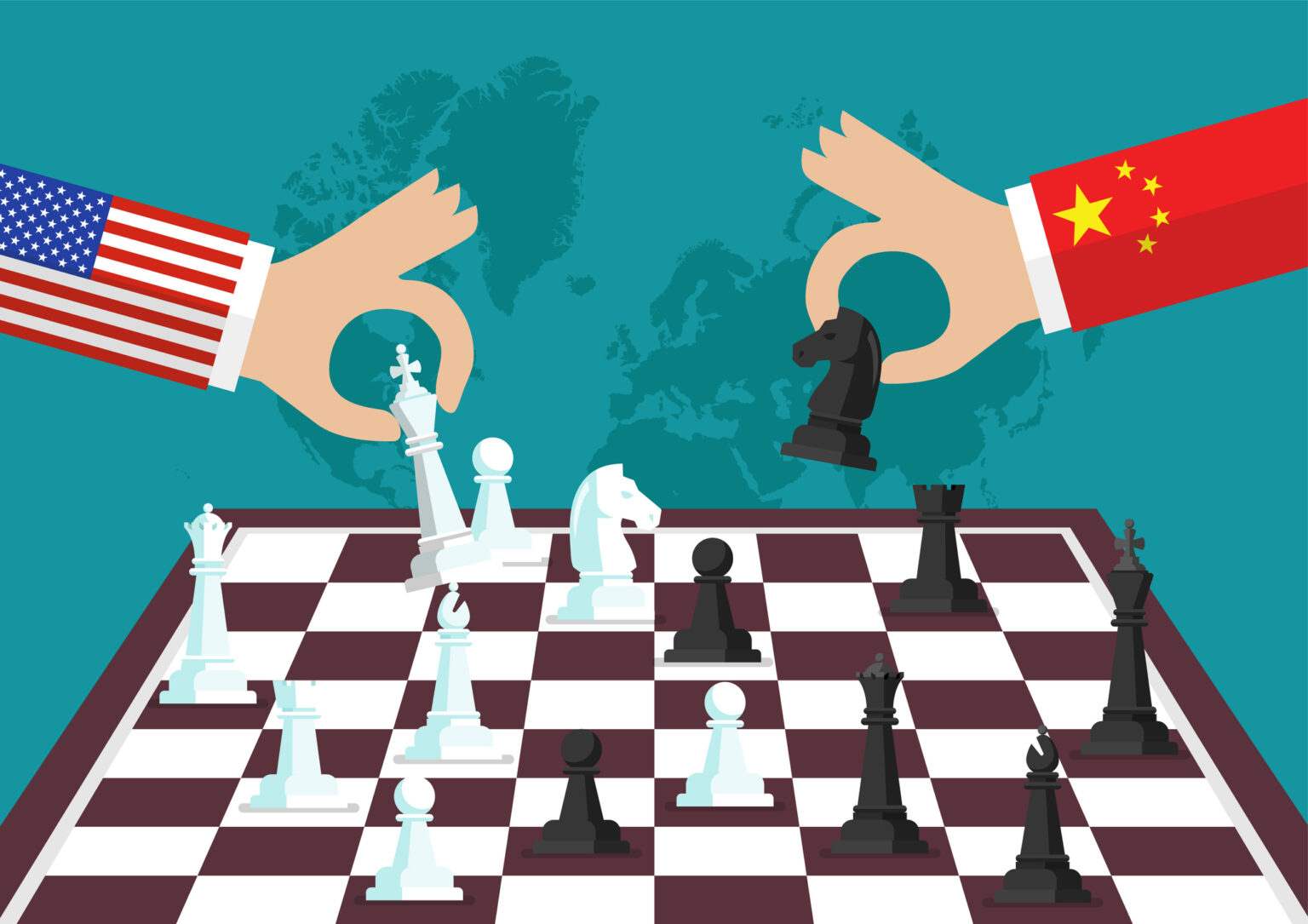by VIJAY PRASHAD

In November, Álvaro Noboa, the father of Ecuador’s president Daniel Noboa, had a heart attack. He was hastily taken to a clinic in Guayaquil, his hometown, and then after he was stabilized, flown to a hospital in New York. Álvaro Noboa unsuccessfully ran for president five times (1998, 2002, 2006, 2009, and 2013), but it was his son who prevailed in 2023 at the age of 35. What defines the Noboa family is not political office, but the wealth of the Noboa Corporation. Grupo Noboa was formed out of Bananera Noboa S.A. set up in 1947 by Luis Noboa Naranjo, the grandfather of the current president. Bananera Noboa expanded, thanks to Álvaro, into the Exportadora Bananera Noboa, which is the heart of the Group’s billion-dollar empire in Ecuador (population 18 million, a third of whom live below an abysmally low poverty line). The name of the expanded firm has two words in it that describe the hold of the Noboa family on the Ecuadorian economy and on its political life: the export (exportadora) of bananas (bananera).
Banana Trade
Countries other than Ecuador produce a very large share of the world’s
banana product. India produces more than a quarter of bananas, while
China produces a tenth. But these are not banana-exporting countries
because they have enormous domestic markets for bananas. More than 90
percent of the world’s exported bananas come from Central and South
America as well as the Philippines. Ecuador, which only produces
a little over 5 percent of the world’s banana produce, exports 95
percent of its production, making up 36 percent of the world’s exported
bananas (Costa Rica is next at 15 percent). Grupo Noboa is Ecuador’s
largest banana firm, and therefore one of the most important companies
in the export of bananas globally. The largest importers of bananas are
the European Union (5.1 million tons), the United States (4.1 million
tons), and China (1.8 million tons). Europe and the United States have
established suppliers in Central and South America (Colombia, Costa
Rica, Ecuador, and the Dominican Republic), and neither experience major
supply shortages.
China has faced problems from its major suppliers Cambodia and the Philippines (from which it procured 50 percent of its imported bananas). For instance, Cambodia has been wracked by El Niño, resulting in less precipitation, greater depletion of soil moisture, and an increase in pesticide resistance pests. Such a climate change phenomenon has damaged banana production in both Cambodia and the Philippines. This is the reason why Chinese importers have invested in expanding banana plantations in India and Vietnam, two emerging suppliers for the Chinese market. But there is no substitute for Ecuadorian bananas.
Rozenberg Quarterly for more
